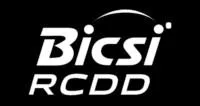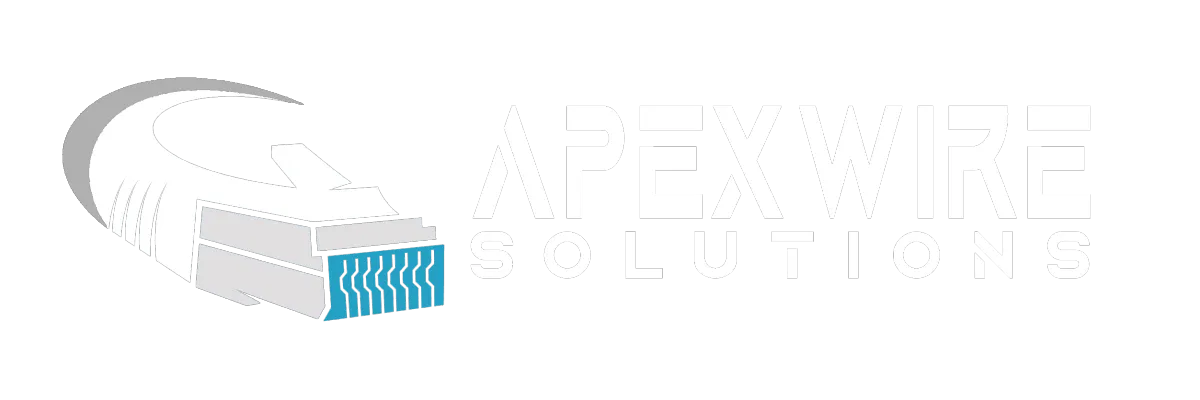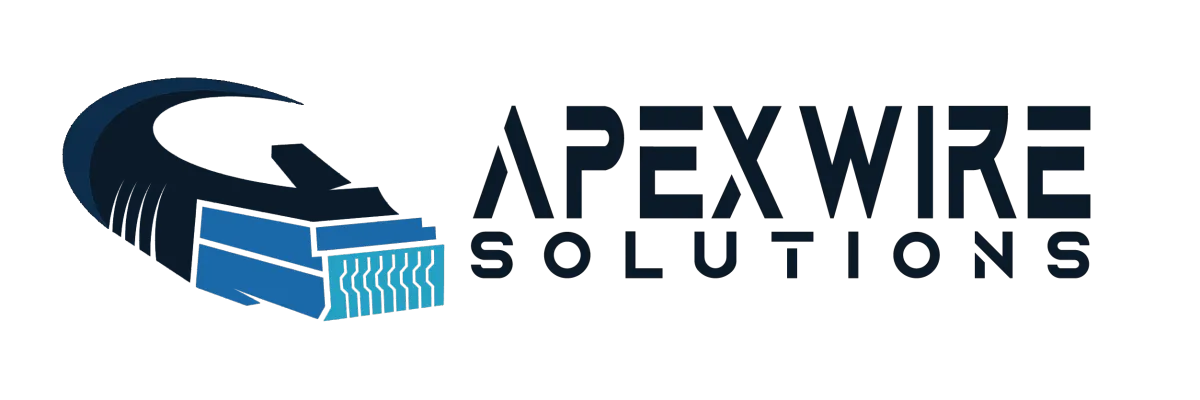
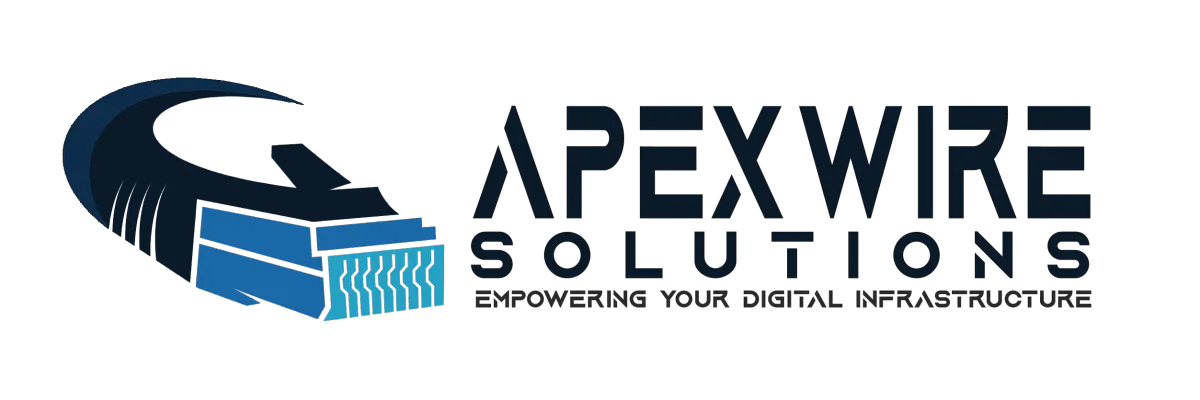
See Our Latest Blogs
understand what we are passionate about
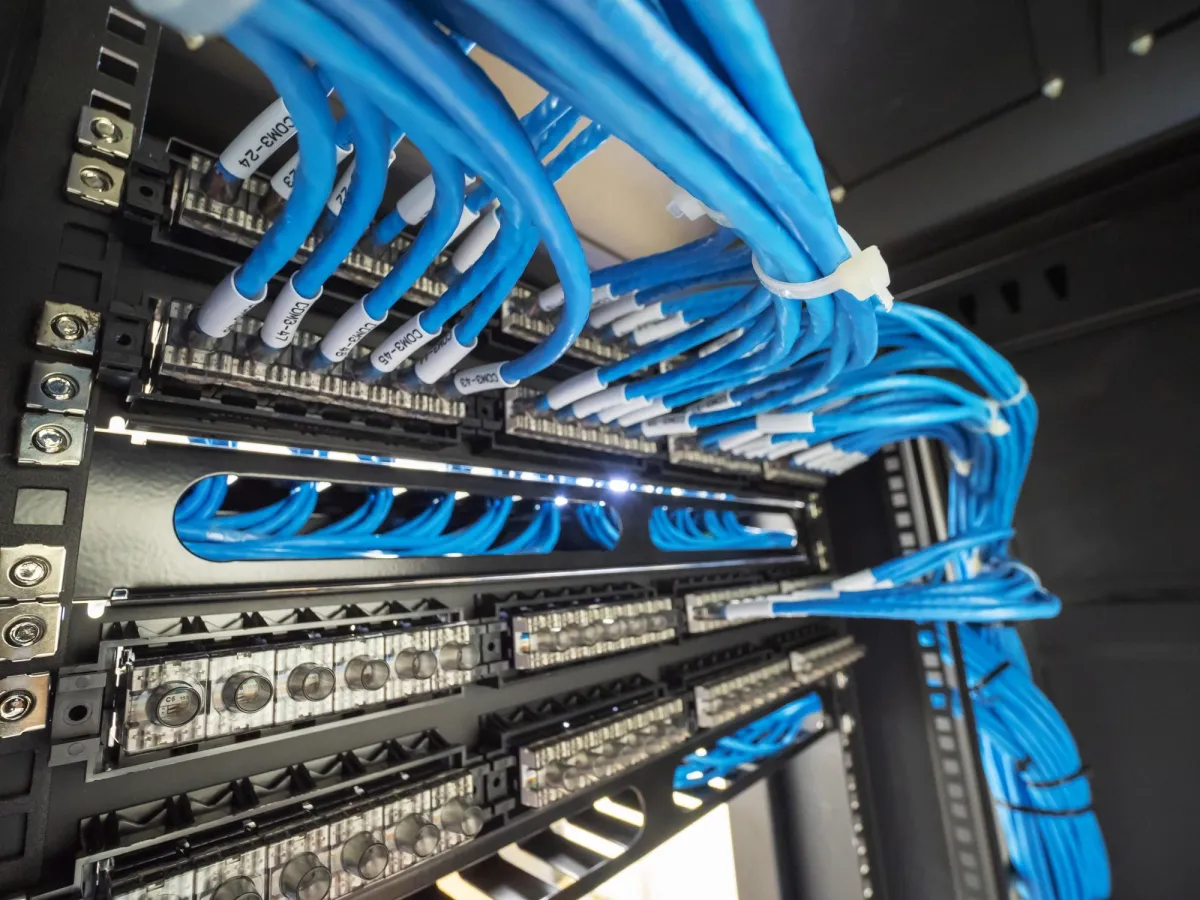
Low-Voltage Cabling
Introduction:
Low-voltage cables are an integral component of business cabling, offering a multitude of advantages to users. In numerous office, building, and campus environments, they have become the preferred method for corporate communications. As the evolution of low-voltage cabling continues alongside new technology generations, businesses gain access to faster data transmission rates, empowering more efficient workflows on a streamlined infrastructure. For top-tier solutions in this realm, consider exploring the capabilities of ApexWire Solutions.

Is your system up to date? 👊
WHAT IS LOW-VOLTAGE CABLING?
Low-voltage cabling pertains to the infrastructure designed for transmitting data and power at voltages lower than 50 volts. This type of cabling finds widespread use in both residential and commercial structures, serving diverse purposes including telecommunications, computer networking, audiovisual systems, security setups, and building automation systems.
Various cable types fall under the umbrella of low-voltage cabling, encompassing twisted pair copper cables, fiber optic cables, coaxial cables, and power cables. These cables serve as conduits, connecting devices and systems while facilitating the essential transfer of data and power.
The installation of low-voltage cabling demands specialized tools and techniques to ensure precise implementation in compliance with performance and safety standards. Professionals with technical expertise, such as low-voltage cabling technicians and electrical contractors, are responsible for the design and installation of these systems.
FIBER OPTICS CABLING
Fiber optics cabling stands as a unique cabling solution employing optical fibers to convey information via light signals. This cutting-edge cabling method offers high-speed, high-bandwidth capabilities, serving diverse needs like telecommunications, computer networking, and audiovisual systems.
Within fiber optic cabling, a collection of slender, supple glass or plastic fibers forms the core. Each fiber boasts a width comparable to human hair and is enveloped by a cladding layer that redirects light signals into the fiber, mitigating signal loss. These fibers are subsequently organized and encased in a protective jacket, resulting in a complete cable structure.

Distinct from traditional copper cabling, fiber optic cabling boasts numerous benefits. With substantially greater bandwidth, it can transmit data across extensive distances without the signal deterioration typical of copper cabling. Immune to electromagnetic interference (EMI) and radio frequency interference (RFI), it overcomes the challenges faced by copper cabling in specific environments. Additionally, its compact, lightweight, and flexible nature simplifies installation and management when compared to copper cabling.
Fiber optic cabling finds application in a wide spectrum of scenarios, spanning long-distance telecommunications networks, high-speed internet connections, and high-bandwidth data centers. It also excels in audiovisual systems, ensuring the seamless transmission of high-quality audio and video signals over considerable distances.
The installation of fiber optic cabling necessitates specialized tools and expertise, a task best undertaken by trained professionals well-versed in the intricacies and specifications of this technology.
TWISTED PAIR CABLING
Twisted pair copper cabling represents a form of low-voltage cabling characterized by the intertwining of two insulated copper wires to create a pair. This entwining serves to diminish electromagnetic interference (EMI) and crosstalk that can emerge between adjacent wire pairs, thus averting signal degradation.
The utilization of twisted pair copper cabling is prevalent in telecommunications and computer networking contexts. It serves to establish connections between devices like computers, phones, and network switches. Additionally, it finds application in audio and video scenarios, facilitating the transmission of high-fidelity audio and video signals across brief distances.

Two primary variations of twisted pair copper cabling exist: unshielded twisted pair (UTP) and shielded twisted pair (STP). UTP predominates in modern Ethernet networks due to its cost-effectiveness and simplified installation compared to STP. However, UTP is more susceptible to interference. Conversely, STP demands a higher investment and more intricate installation but affords superior defense against EMI and crosstalk.
The efficacy of twisted pair copper cabling hinges on its bandwidth and the range of frequencies conducive to data transmission. This bandwidth is influenced by several factors, encompassing cable length, wire gauge, and the caliber of connectors and terminations in use.
ETHERNET CAT 6 CABLING
Ethernet Cat 6 cabling represents a form of twisted pair copper cabling meticulously designed to facilitate high-speed data transfer within Ethernet networks. An advancement beyond Ethernet Cat 5 and Cat 5e cabling, Cat 6 boasts superior performance and wider bandwidth.
Cat 6 cabling comprises four sets of twisted copper wire pairs, akin to other copper cabling with twisted pairs. Nonetheless, Cat 6 employs more tightly wound twists and employs insulation of higher quality. This innovation curtails crosstalk and interference, paving the way for heightened transmission speeds.
Capable of sustaining data transmission rates of up to 10 Gigabits per second (Gbps) across distances of approximately 55 meters, Cat 6 cabling showcases its prowess. Over shorter spans, like those within buildings or data centers, it can even accommodate faster speeds of up to 40 Gbps.
Predominantly adopted in data centers and high-performance computing contexts where swift data transmission is paramount, Cat 6 cabling plays a critical role. Additionally, it finds application in commercial and residential edifices for networking endeavors, facilitating connectivity between devices like computers, phones, and other gadgets, and the internet or a local network.
The proper installation of Cat 6 cabling hinges on adhering to precise guidelines and employing top-notch connectors and terminations to optimize performance. It's essential that such installations are carried out by adept technicians well-versed in the requisites and specifications of Cat 6 cabling.
COAXIAL CABLING
Coaxial cables are structured with an inner conductor enveloped by a cylindrical insulating layer, followed by a metallic shield, and finally an outer insulating layer. The inner conductor and metallic shield are isolated by a dielectric substance, which ensures consistent impedance along the cable's length.
These cables are versatile tools utilized in diverse domains, including telecommunications, audiovisual systems, and computer networking. Their frequent deployment occurs in contexts where extended distances necessitate the transmission of high-frequency signals with minimal signal loss and disruption.

The architecture of coaxial cables prioritizes robust shielding, mitigating electromagnetic interference (EMI) and radio frequency interference (RFI). This attribute renders them particularly suitable for environments rife with electrical noise, as encountered in industrial setups.
Telecommunications harnesses coaxial cables for distributing cable television (CATV) and establishing broadband internet connections. Audiovisual systems employ them for pristine transmission of high-quality video signals, encompassing technologies like HDTV and digital video. Although coaxial cables once dominated Ethernet networks in computer networking, they've predominantly yielded to the ascendancy of twisted pair copper cabling and fiber optic cabling.
Coaxial cables span a gamut of sizes and types, each bearing distinct impedance, capacitance, and attenuation specifications. The selection of coaxial cable hinges on the specific requisites of an application, factoring in variables such as frequency range, signal transmission distance, and environmental interference levels.
IN THE AGE OF WIFI, WHY ARE BUSINESSES STILL USING LOW-VOLTAGE CABLING?
Here are a few reasons why businesses persist in employing low-voltage cabling within their office spaces and structures, even in the era of Wi-Fi. Consider the following factors:
Reliability: Despite Wi-Fi advancements, it remains susceptible to interference from various wireless signals, physical barriers, and distance constraints. In contrast, low-voltage cabling, notably Ethernet cables, furnishes a more stable and dependable connection. This stability is crucial for businesses heavily reliant on network infrastructure for critical operations.
Security: Wi-Fi networks can be vulnerable to cyber threats, particularly if not adequately secured. Conversely, low voltage cabling offers enhanced security due to its non-broadcast nature and inherent physical protection.
Speed: Despite Wi-Fi's progress, wired connections generally outpace wireless alternatives in speed and simultaneous data handling. This holds significance for businesses utilizing bandwidth-intensive applications or necessitating rapid large file transfers.
Cost: Installing and maintaining low-voltage cabling can often be more economical than establishing a wireless network. While Wi-Fi equipment costs have decreased, businesses might still need additional access points and hardware for network reliability and security.
Nonetheless, Wi-Fi remains a valuable tool for businesses, often integrated with wired connections to cater to various requirements. Ultimately, the choice between low-voltage cabling and Wi-Fi hinges on factors like specific business needs, resource availability, and cost-benefit evaluations for each option.
CONCLUDING REMARKS
Low-voltage cabling stands as a fundamental asset in contemporary businesses, facilitating seamless communication across diverse technological components. Whether through twisted pair, fiber optics, or Ethernet Cat 6 cabling, each variant plays a distinct role, contributing to robust network frameworks. In contexts heavily reliant on data communication, low-voltage cabling continues to be indispensable, upholding services like voice over IP, streaming, and internet access. For resilient, reliable, and cost-effective cabling solutions, businesses seeking top-tier expertise should turn to the proficient hands of ApexWire Solutions.


